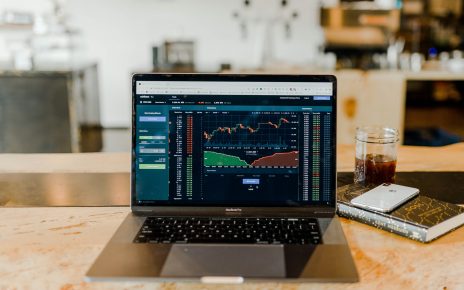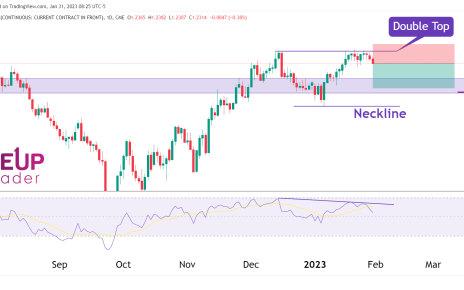- How to deal with your emotions during trading.
- Accepting you have no control over the outcome.
- A simple exercise before each trading session.
Typical Trader Story
You click your mouse to place the trade; however, the overwhelming confidence of paper trading has now deserted you. Perhaps you had better double-check the formation. After much internal deliberation, you decide to click to confirm, and the trade enters the market. For the next two hours, prices rise dramatically, your profits grow, and you feel great. The next hour prices drop, and your profits are cut in half. You feel uncertain; ‘perhaps I should take the profit now before I lose it all,’ you reason. You decide to wait. Your system is telling you that you should be out. However, you only have a small loss; it should turn around and put you back into profit soon. To your horror, prices collapsed the next hour, and most of your equity is now lost. Your reaction is now one of anger; why didn’t you bank the profit when you had it! The market’s move is totally illogical; you feel anger, pain, and frustration. You are now disillusioned and fed up; all you want to do is exit the trade. Welcome to the real world of trading!
As a trader, you will spend most of your time looking for good trades and opportunities. Once you execute a trade, you lose control and either squirm from pain or grin from pleasure. You ride the emotional roller coaster and miss the essential element of winning – managing your emotions.
How To Deal With Emotions
Traders often make the mistake of thinking they must suppress their emotions. They keep them bottled up, building stronger and stronger until it eventually explodes out of control. This must be avoided because we cannot run away from our emotions; instead, we must learn to understand and work with them.
The way to deal with this is to truly accept that you have no control over the outcome. All you can do is follow your plan, trade from a probability-based state of mind, execute your trades when you see them, accept that they could turn into a loss, and leave the market to do the rest.
Traders must accept the fact that losses are intrinsically part of trading. To truly accept this means that the trader should not feel any rush of emotions when he places a trade; he is calm and relaxed because he doesn’t care about the outcome. He thinks in the long term and doesn’t try to force anything; instead, he lets it flow effortlessly.
Those who flow as life flows, know they need no other force – Lao Tzu

Exercise:
Once you have done your technical analysis for the morning, sit for a few minutes and tell yourself that losses are part of trading. You are not here to win or lose. If you place a trade that is perfectly in line with your plan, it’s a good trade whether it makes a profit. Accept that you have no control over the outcome of the trade and that your only job is to think in probabilities. Once the trade is placed and you have your risk and targets set, there is nothing else to do.
After executing your trades, check your emotional reaction and ask yourself if it’s useful or not. Try to comprehend why you feel this way and realize that as long as you follow your trading plan, there is nothing to worry about.





